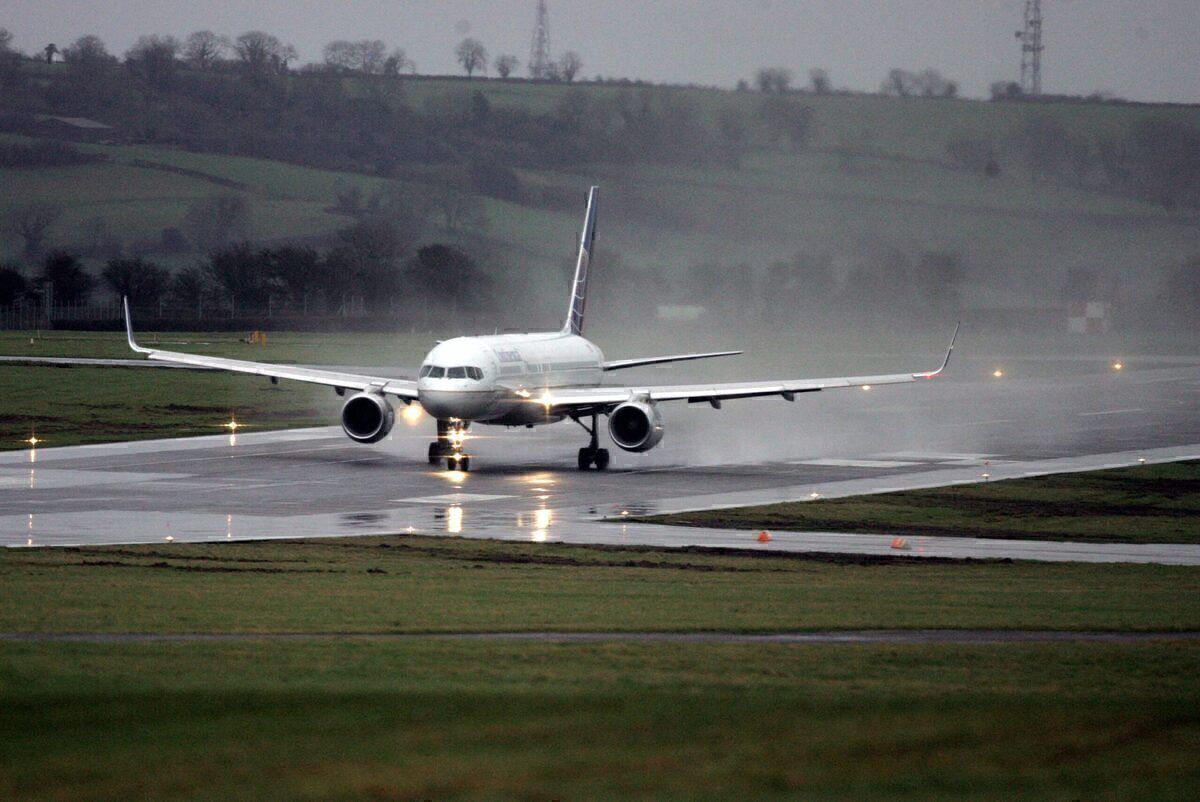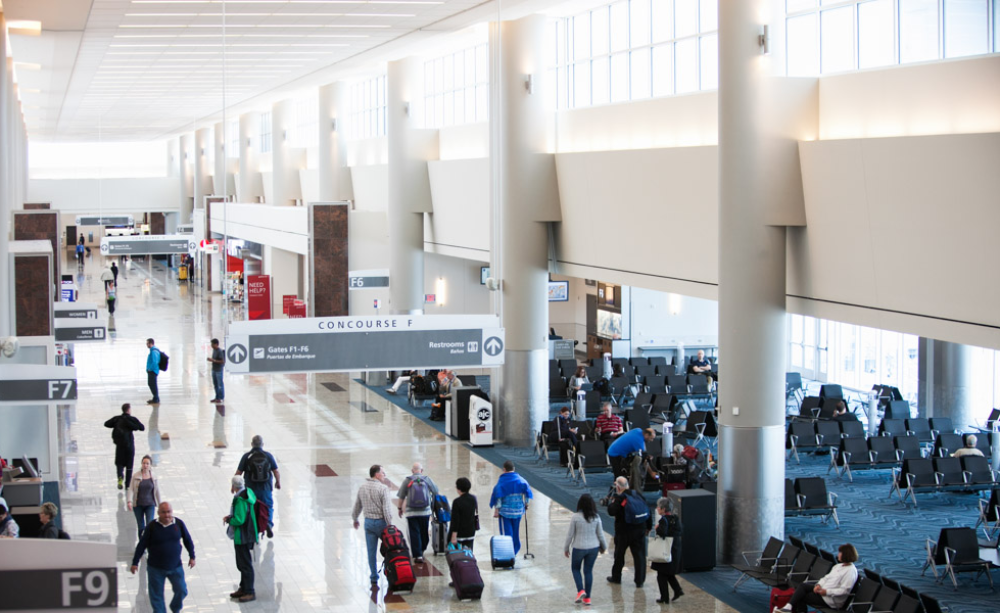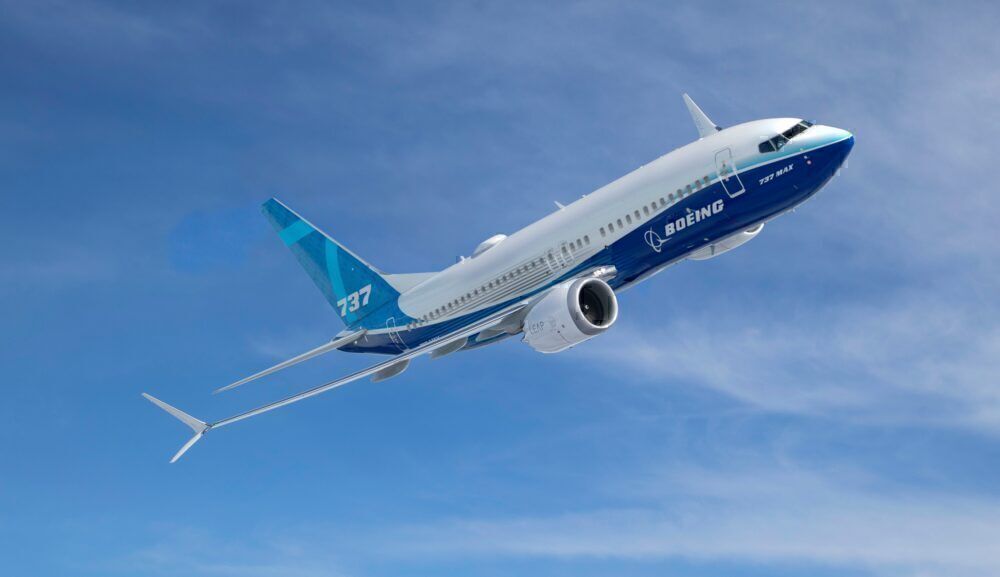Data released by aviation analysis and data business Cirium shows that COVID-19 and its fallout has canceled 21 years of global aviation growth. This year, airlines worldwide operated 49% fewer flights than in 2019, and passenger traffic was down 67% this year. Cirium says just 16.8 million flights operated in 2020, the lowest figure since 1999.
“This severe setback shows the true extent of the challenge faced by the struggling aviation sector as it has sought to reset itself in the new post-COVID-19 era," says Jeremy Bowen, CEO of Cirium.
The data comes from Cirium's Airline Insights Review 2020. The review uses raw statistics to show the full impact of COVID-19 on the global airline industry.
Cirium says airlines operated 49% fewer flights in 2020 than in 2019. There were 33.2 million flights in 2019. Up until December 20, there were just 16.8 million flights in 2020. Most of those flights (13 million or 77%) were domestic flights, while 3.8 million (or 23%) were international flights. The review says the most popular aircraft in 2020 was the Airbus A320. That aircraft type operated 6.07 million flights. Cirium suggests that's because domestic and short-haul flights dominated in 2020. They also note that while 30% of the worldwide passenger fleet remains in storage, only 10% of the Airbus A320neo planes are still in storage.
Domestic flights ruled the skies in 2020
While domestic flights ruled the skies this year, it was still down 40% on 2019 levels, dropping from 21.5 million flights to 13 million. International flights decreased by 68%. There were 11.7 million international flights in 2019 and just 3.8 million international flights this year.
Cirium says the busiest day in 2020 was January 3, when over 95,000 flights crisscrossed the skies. In contrast, the slowest day was April 25, when only 13,600 flights operated. That represents an 86% decrease.
In terms of flight numbers, the busiest airport this year was Atlanta. The United States airport handled over 250,800 arriving flights in 2020. South Korea owned the busiest route. Some 71,900 flights operated between Seoul and Jeju.
Breaking it down by airline, Southwest Airlines ruled the roost in 2020. That airline not only operated the most flights in North America (869,800 flights in 2020) but the most of any airline worldwide. Ryanair was the busiest airline in Europe, operating 207,000 flights. Chinese powerhouse airline China Southern took the mantle in the Asia-Pacific region, running 500,700 flights in 2020. In Latin America, São Paulo based Azul Airlines operated 138,500 flights. Qatar Airways took the busiest airline crown in the Middle East and Africa, operating 84,100 flights.
Cirium believes the aviation industry will push through
While the Cirium review paints a pretty bleak picture, Cirium doesn't think it's all gloom and doom.
"Cirium is confident aviation will weather this difficult and terrible year and emerge in better shape - with younger more fuel-efficient aircraft and right-sized fleets - and will gradually navigate its way to recovery in the years ahead,” said Mr. Bowen.
Cirium thinks 2021 will see a few trends emerge, continuing over the short to medium turn. They suggest there will be more consolidation, particularly in the Asia-Pacific region where new domestic airlines will merge or be acquired. Cirium also thinks there will be more new-generation aircraft flying. These include the aforementioned A320neo, but also the Boeing 737 MAX. Older and larger aircraft will be retired. Some of these older planes will get reconfigured into freighters.
How demand is forecast is also changing. Cirium expects to see more importance put on on-line searches and searches to calculate demand. As a result, scheduling will need to be more dynamic, and airlines will need to be more flexible. The booking window is falling from between six to 12 months out to just six to eight weeks ahead. Increased flexibility means airlines will put greater emphasis on leasing. Cirium expects aircraft leasing to push past 50% and become the primary way aircraft are financed.
Cirium's new analysis puts hard numbers on what most of us already knew - the airline industry has changed this year and will continue to do so. As for the future, many of those trends Cirium predicts are also well underway. The question is, how far will these changes go, and how long-lasting?
What are your thoughts about these figures? Let us know what you think in the comment section.



